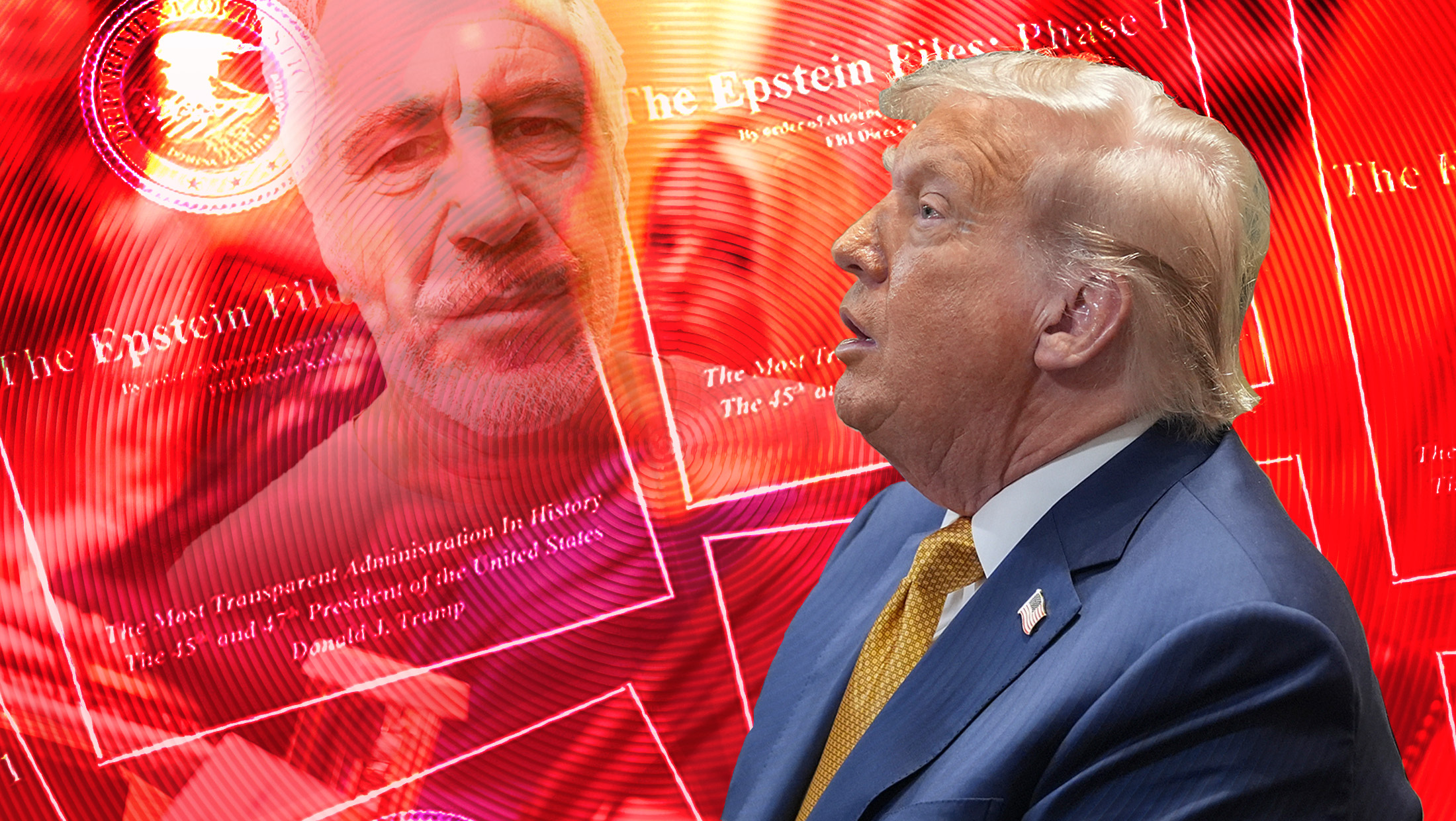
Washington — In a country already exhausted by years of political turmoil, fractures, and endless allegations, a new wave of controversy has swept across the nation. This time, it comes in the form of
unverified emails attributed to Jeffrey Epstein — documents that exploded across social media, cable news, and congressional chatter within hours of becoming public.
The claims, though still unconfirmed, have ignited one of the most emotionally charged debates in recent memory.
The Emails That Shook the Conversation

Among the batch of messages now circulating online are two pieces of correspondence that immediately drew national attention.
In the first, Epstein allegedly claims that Donald Trump spent “several hours” alone with one of his victims — a detail that has never appeared in official records, court filings, or the Epstein case itself. The second email appears to show Epstein hinting to journalist Michael Wolff that Trump “knew more than he let on” about Epstein’s actions, but chose not to intervene.
None of these claims have been independently verified, authenticated, or confirmed by investigators. Still, in the modern political era, the appearance of evidence is often enough to trigger a political earthquake.
Trump Fires Back — With Fury
Within moments of the circulation of the emails, former President Trump launched into a rapid response on social media. His posts were blunt, furious, and unmistakably combative.
He denied any relationship beyond casual acquaintance, dismissed the emails as political misinformation, and accused Democrats of weaponizing the controversy to distract from what he described as their “failure to prevent a government shutdown.”
“Fake, cherry-picked, manipulated for clicks,” Trump wrote.
And for his base, that was enough.
But for millions of older Americans watching the headlines scroll across their television screens, something deeper — more emotional — was unfolding.
The 2015 Emails: A More Subtle Warning

One of the most talked-about pieces of correspondence is a chain of alleged emails between Epstein and Wolff during Trump’s 2015 presidential campaign. In it, Wolff appears to suggest letting Trump deny any connection first — because it would allow Epstein to retain “leverage.”
The word landed heavily with the public.
Leverage.
A quiet threat.
A shadow hinting at a truth the public may never fully uncover.
Again, nothing in these leaked messages has been authenticated. But the mere possibility has left a deep unease — especially among older Americans who have witnessed decades of scandals, cover-ups, and shifting political loyalties.
Americans 45–65+: Watching With Heavy Hearts
For those old enough to remember Watergate, the Clinton impeachment, or the Iran-Contra affair, this controversy feels eerily familiar — yet more chaotic, more confusing, and somehow more fragile.
They’ve watched:
-
trust erode,
-
institutions weaken,
-
and truth become a battlefield.
Many within this age group admit they no longer know whom to trust — politicians, journalists, institutions, or even the information they consume daily.
This latest storm only deepens that exhaustion.
The Real Crisis: A Country That No Longer Shares the Same Reality

Whatever the truth behind the emails, one thing is certain:
America no longer waits for verification. It reacts first — violently, emotionally, instantly.
The divide isn’t just political anymore.
It’s psychological.
It’s cultural.
It’s generational.
One side sees a political hit job.
The other sees a potential cover-up.
And the truth sits somewhere in the middle, blurred by the speed of digital outrage.
The Questions That Won’t Go Away
As the debate rages, three haunting questions remain:
-
Why were these emails released now?
-
Who benefits from the chaos?
-
And will the public ever learn which claims are real and which are rumor?
For now, America has no answers — only speculation, anger, and the uneasy sense that its political landscape has entered yet another dark, divisive chapter.
And as this new firestorm burns across Washington, the country is left wondering:
If we can’t trust what we’re seeing… how do we find the truth?

